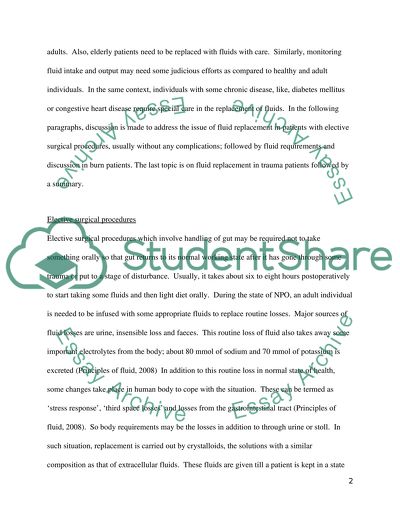Cite this document
(“Fluid Hydration Support Essay Example | Topics and Well Written Essays - 2000 words”, n.d.)
Fluid Hydration Support Essay Example | Topics and Well Written Essays - 2000 words. Retrieved from https://studentshare.org/health-sciences-medicine/1509167-fluid-hydration-support
Fluid Hydration Support Essay Example | Topics and Well Written Essays - 2000 words. Retrieved from https://studentshare.org/health-sciences-medicine/1509167-fluid-hydration-support
(Fluid Hydration Support Essay Example | Topics and Well Written Essays - 2000 Words)
Fluid Hydration Support Essay Example | Topics and Well Written Essays - 2000 Words. https://studentshare.org/health-sciences-medicine/1509167-fluid-hydration-support.
Fluid Hydration Support Essay Example | Topics and Well Written Essays - 2000 Words. https://studentshare.org/health-sciences-medicine/1509167-fluid-hydration-support.
“Fluid Hydration Support Essay Example | Topics and Well Written Essays - 2000 Words”, n.d. https://studentshare.org/health-sciences-medicine/1509167-fluid-hydration-support.


